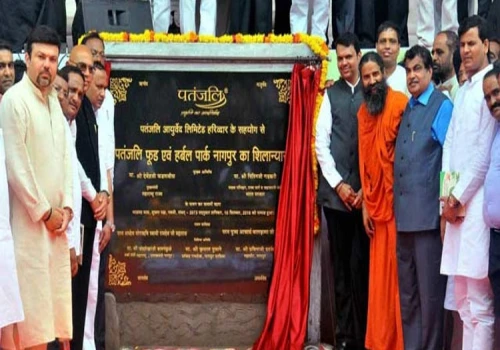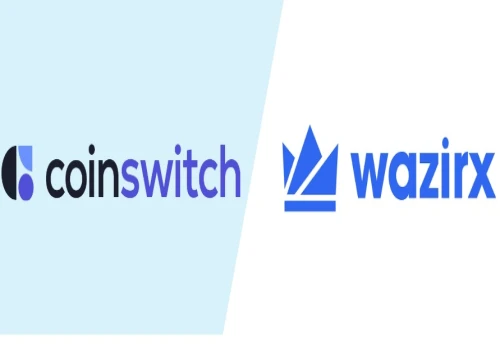
NPS Subscriptions See Dip in FY24: New Tax Regime a Culprit?
The National Pension System (NPS), a popular retirement savings scheme in India, has experienced a concerning decline in new registrations during the 2023-24 financial year (FY24). This slowdown coincides with the implementation of the New Tax Regime, leading many to suspect a connection.
NPS: A Prominent Choice for Retirement Security
The NPS, overseen by the Pension Fund Regulatory and Development Authority (PFRDA), has steadily gained traction as a reliable tool for securing financial stability after retirement. It caters to government and private sector employees, as well as individuals enrolled under the Atal Pension Yojana (APY).
Growth Slowdown in New Registrations
According to the latest PFRDA data, the overall subscriber base for NPS has grown by only 16.3% in FY24, a significant drop compared to previous years. This slowdown is particularly evident in the corporate sector, where registrations have witnessed their slowest pace since 2020-21, growing at a mere 16.1%.
The all-citizen model, primarily comprising individual subscribers, has also been impacted. Growth in this segment has decelerated to 20.3% in FY24, a sharp decline from the previous year's 29% and exceeding 30% in FY22.
New Tax Regime: A Potential Dampener
Industry experts and professionals, as reported by The Times of India, attribute this slowdown to the introduction of the New Tax Regime. This regime, introduced in 2020, offers lower tax rates but eliminates many deductions and exemptions previously available.
Understanding Tax Benefits under NPS
The NPS is one of the investment options that can be availed under both the old and new tax regimes. The old regime offers tax benefits under three sections of the Income Tax Act, 1961, providing a more comprehensive tax advantage.
New Tax Regime and NPS Benefits
The New Tax Regime allows for a deduction under Section 80CCD (2) of the Income Tax Act only for employer contributions made to the employee's NPS account. This benefit is restricted to salaried individuals and does not extend to the self-employed.
Old Tax Regime and NPS Benefits
In contrast, the old tax regime offers a broader range of benefits under Section 80CCD (1). This section allows for a deduction from gross total income for contributions made to the NPS by both salaried and self-employed individuals. The maximum deduction under this section is capped at 10% of salary (basic + DA) for salaried individuals or 20% of gross total income for self-employed individuals, with an upper limit of Rs 1.5 lakh per financial year. The reduced tax benefits under the New Tax Regime might be discouraging some individuals from subscribing to NPS. However, it's crucial to remember that NPS offers long-term benefits beyond tax advantages. It enforces a disciplined savings approach and provides market-linked returns for retirement corpus accumulation.
Expert Advice: Evaluate Your Options
Financial advisors recommend a thorough evaluation of both tax regimes to determine which one aligns better with your individual financial situation and retirement goals. Consulting with a professional can help you make an informed decision about your NPS enrollment and optimize your overall retirement planning strategy.
While the slowdown in NPS subscriptions is a cause for concern, it shouldn't be a reason to panic. Carefully assessing your tax situation and understanding the long-term benefits of NPS are essential steps in making informed retirement planning decisions. By considering all factors, you can ensure a secure and comfortable financial future after retirement.











